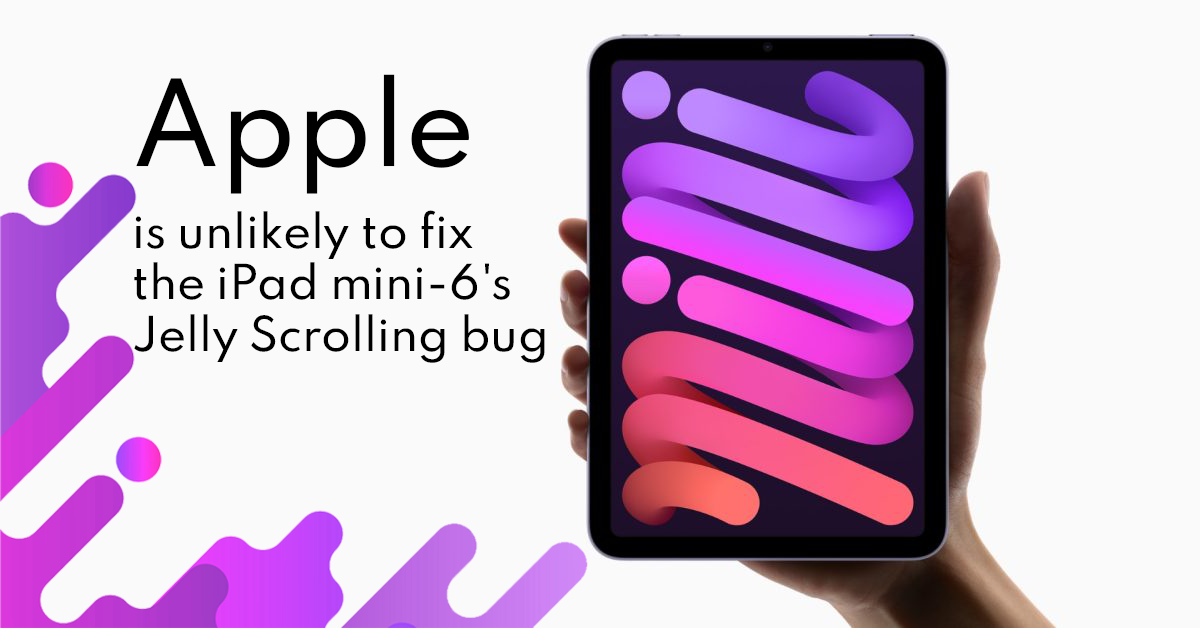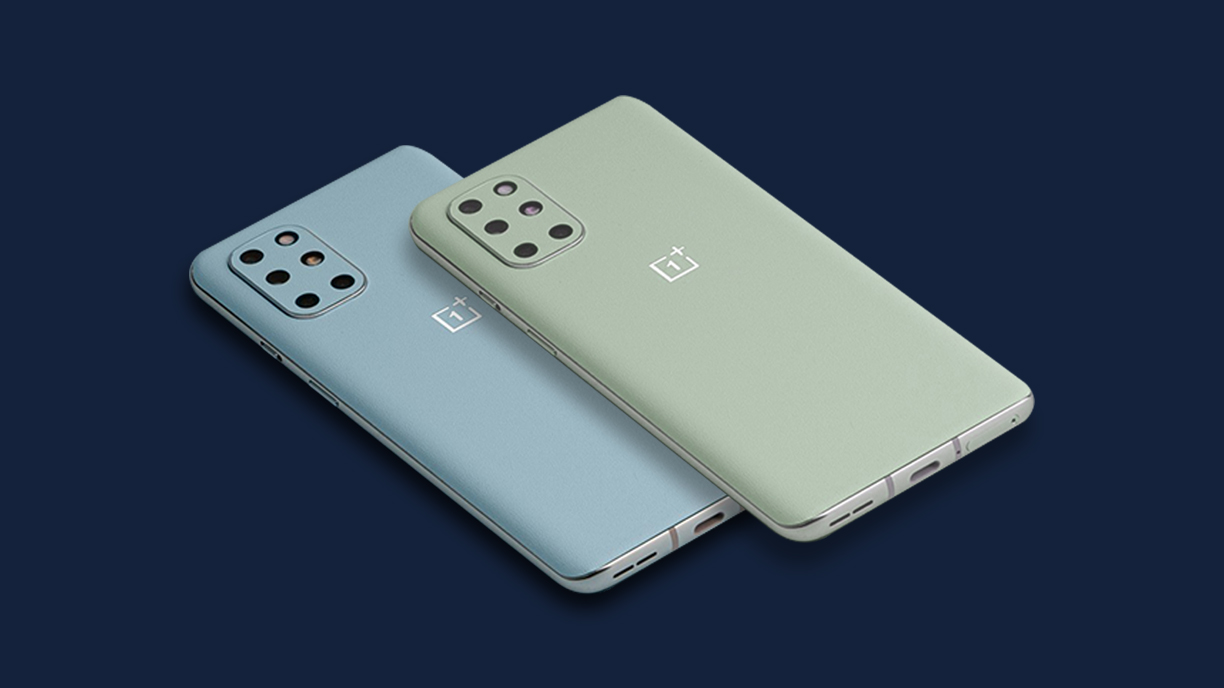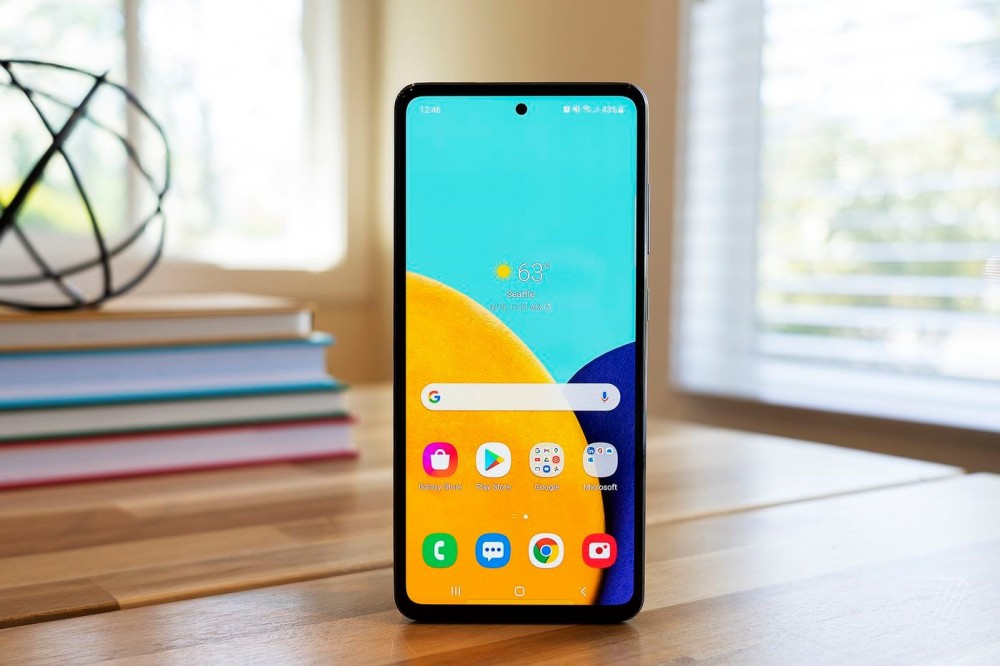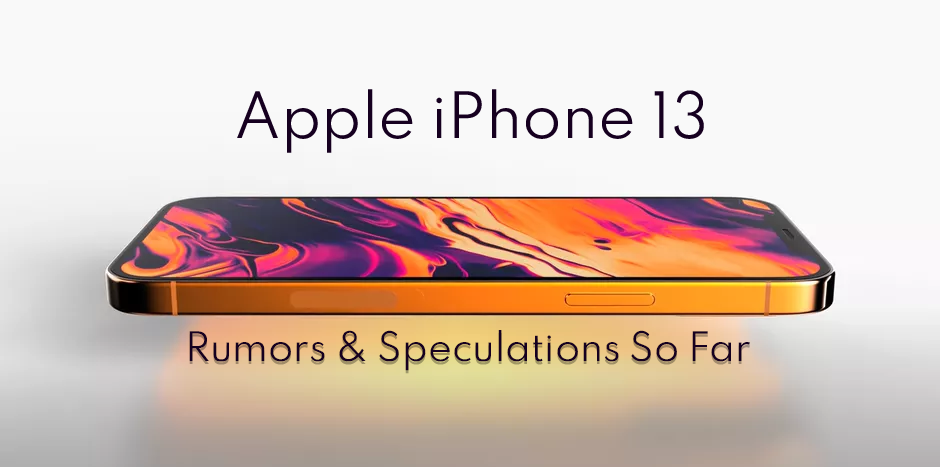When Apple unveiled a makeover and refresh of the iPad miniseries, many people were thrilled, but that optimism was swiftly dashed when it was revealed that the tablet’s display had a jelly scrolling issue. People all around the world have been reporting a bizarre “jelly scrolling” sensation on the display since the arrival of the Apple iPad mini 6 last week. This causes the scrolling to stutter, with one section of the display refreshing at a significantly slower rate than the rest. However, it appears that this may not be a problem after all. In this piece of writing, we will look at what Apple says about this issue.
The iPad mini 6 has a ‘jelly scrolling’ effect
Apple feels the screen is in good working order and that this is normal behavior for LCD panels. Multiple reports claim that the iPad mini 6 has a wobble effect, which at first appeared to be a software fault. Even though this is an inconvenient occurrence, the business claims that the “jelly scrolling” appearance is to be expected on LCD screens. The LCDs, according to Apple, “do update line by line,” causing a delay between lines.
This is thought to be produced by the different refresh rates colliding, resulting in a wobbling effect when scrolling. Apple has since responded to the problem, although it may not be the solution that people were hoping for. Apple said this impact is “typical behavior” when it comes to LCD screens in a reply to ArsTechnica in response to the publication’s queries. Because these panels refresh line by line, any delay between refreshes might generate a jelly-like look.
But wait, don’t most of Apple’s devices have LCD screens, and why are we only now learning about this? Apple has been using LCDs on its iPhones, iPads, and Mac computers for a long time, but as ArsTechnica correctly points out, this effect only appears to be evident on the new iPad mini.
Users of the iPad mini 6 appear to be in a strange position of powerlessness now, as neither hardware nor software support for the issue appears to be in the works. That again, because Apple considers this to be a non-problem, it’s unlikely that they’ll issue any recalls or software upgrades because there’s nothing to fix. If you’ve already purchased an iPad mini, you should try to return it during the return window, or whether you’re still undecided, go to an Apple Store and try it out for yourself to see if the difference is apparent enough to worry you.
Contrary to Apple’s claims, the “jelly scrolling” effect on other iPad models with 60Hz LCD panels, such as the iPad Air 4, is minor and difficult to discern. Not only Apple devices but also smartphones with LCD panels from other manufacturers appear to be free of the problem. Despite Apple’s answer, ArsTechnica points out that on other iPad models with 60Hz LCD panels, such as the iPad Air 4 and the entry-level iPad, the “jelly scrolling” effect is far less evident. Those who have purchased the new iPad mini 6 who are unhappy with the display will be unable to request a repair or replacement, as Apple has stated that this is normal behavior. Moreover, in the excitement of the new iPad mini 6 many people moved to ios but the jelly effect ruined all the expectations.
It Is Unavoidable for IPad Mini 6 Users
When this occurs while scrolling — for example, on a webpage — content on one side of the screen appears to travel up faster, giving the lines a wavy effect as they move up or down. The direction of the wavy appearance is reversed when the iPad is flipped, as demonstrated in several iPad mini 6 videos shared online. The wiring beneath the display appears to be the reason why this happens exclusively in portrait mode. Aftertouch input, signals go from one end of the screen to the other with a short delay, resulting in a minor desynchronization. Unfortunately, there doesn’t appear to be a way to turn off the jelly scrolling effect, so consumers will have to accept it and eventually ignore it. Alternatively, simply dispose of the tablet.
Final thoughts
It’s unclear why the problem is more severe on Apple’s latest little tablet, but the main lesson is that Apple isn’t aware of it, which means iPad mini 6 owners hoping for a replacement or free repair have nowhere to turn. Given Apple’s attitude, any form of software patch is also unlikely to arrive very soon. Some on social media have already coined the term ‘jellygate’ (in the same vein as the iconic ‘Antennagate’), although it doesn’t appear to have much merit given Apple’s lack of responsibility. That is if Apple is to be believed.






